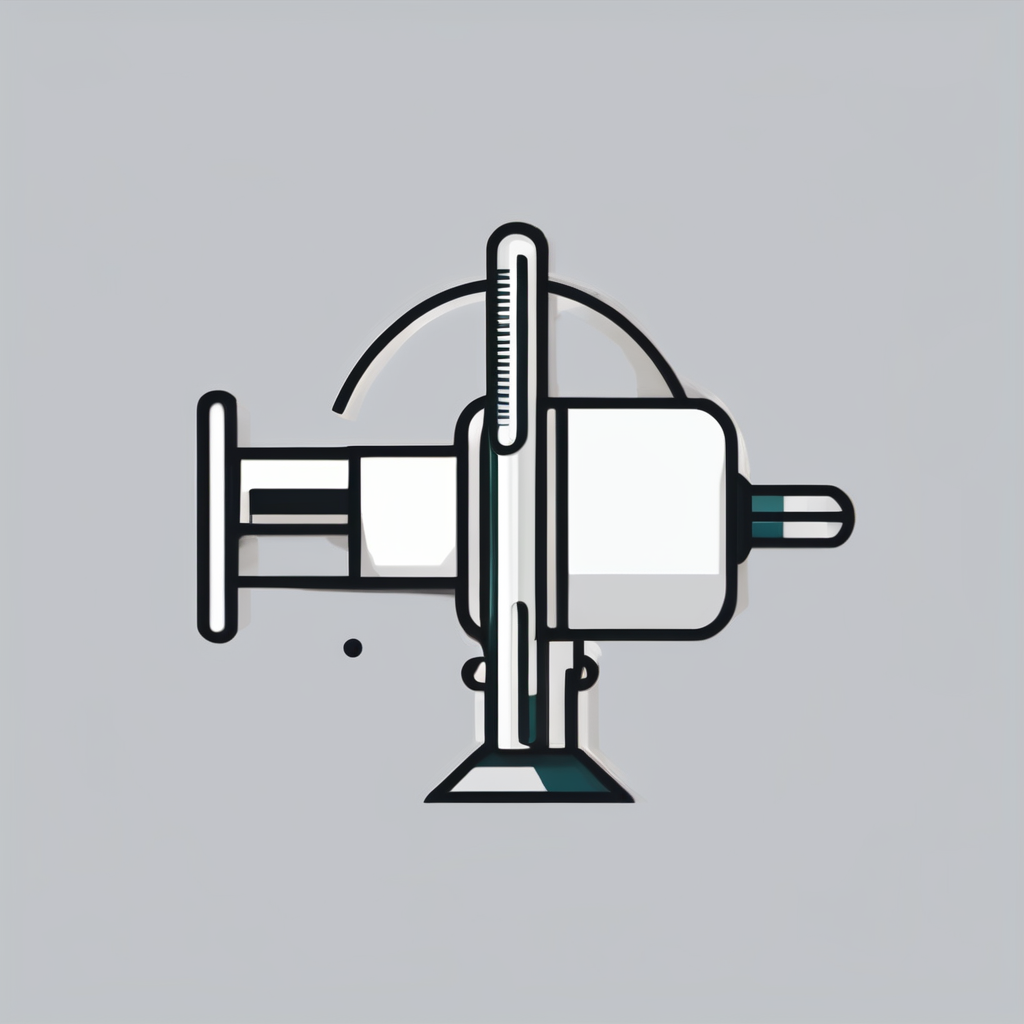Impact of Community Arts on Teen Mental Health
Adolescence can be a tumultuous period, marked by unique mental health challenges, including heightened stress, anxiety, and confusion. These issues have been increasingly recognised, highlighting the need for effective interventions. Community Arts programs provide a promising avenue for addressing these concerns by fostering environments where teens can express themselves freely and creatively.
The positive impact of these arts initiatives is substantial. They serve as a safe space for emotional expression, allowing teens to articulate complex feelings through various creative mediums. This form of expression not only helps alleviate internalised stress but also enhances emotional well-being. Furthermore, participation in these programs encourages social interaction, building a sense of belonging and community among teenagers.
Additional reading : How Can Individuals in the UK Effectively Manage Their Health?
Statistically, evidence supports the positive impact of arts participation on mental health. Studies consistently show that involvement in community arts correlates with improved moods and reduced symptoms of anxiety and depression. Teens engaged in these programs report increased self-esteem and a heightened sense of agency due to their creative expression. As such, community arts remain a potent tool in the larger toolkit for supporting teen mental health.
Successful Community Arts Programs
Community Arts Programs can significantly influence teen engagement and have profound testimonials supporting their effectiveness. Throughout different communities, various programs showcase the power of creative outlets for youth.
Also read : Unlocking pain relief: the role of reflexology in post-surgery recovery for cancer patients
Example 1: Colors of Expression
Colors of Expression aims to reach teens through painting workshops, focusing on emotional articulation. The program engages its audience by offering accessible classes helmed by professional artists. With surveys reporting 85% of participants experiencing increased self-assuredness, the program boasts measurable outcomes. Testimonials reveal profound emotional growth, as one participant shared, “I found my voice through color and brushstrokes.”
Example 2: Harmony in Words
This program stands out through its collaboration with creative writers and mental health professionals, providing teens a sanctuary for creative writing. Local artists offer mentorship, while mental health experts facilitate discussions on wellness. Parents appreciate this nurturing environment, with one leader stating, “Our teens are thriving through creativity and support.”
Example 3: Stepping Stones
With diverse funding from local businesses, Stepping Stones sustains its performing arts workshops. Lauded for its community involvement, expansion plans include integrating digital arts. When compared to other programs, its holistic approach sets it apart, encouraging unique teen experiences in artistry.
Mental Health Benefits of Participation in the Arts
Creativity serves as a fundamental tool in counteracting stress and anxiety among teens. Engaging in arts participation provides an avenue for teens to decompress, channeling emotions through creative outlets. This expressive process aids in eliminating mental tension, positively impacting stress levels. Studies assert the mental health benefits derived from art involvement, indicating a marked reduction in anxiety symptoms.
Participation in the arts also plays a significant role in bolstering self-esteem and resilience. As teens partake in community arts, their confidence grows, fostering a robust sense of self-worth. This nurture of self-esteem directly correlates with emotional well-being, equipping teens for life’s adversities. Insights from mental health professionals corroborate these findings, advocating for art therapy’s effectiveness in enhancing emotional resilience.
Incorporating arts into community programs provides teens with a cathartic experience and therapeutic release. Mental health specialists agree that such initiatives not only enrich emotional well-being but serve as preventive measures against burgeoning mental health issues. Through ongoing arts involvement, teens cultivate coping mechanisms, emerging more adept at navigating pressures encountered during adolescence. The powerful potential of art continues to shape healthier futures for our youth.
Personal Stories and Testimonials
Community Arts initiatives have opened avenues for powerful personal stories, demonstrating meaningful transformations in teen mental health. Teens frequently share narratives highlighting emotional breakthroughs achieved through creative outlets, underlining the positive difference these programs make. For instance, a participant from “Harmony in Words” expressed how writing transformed their worldview, stating, “Words became my sanctuary, helping me navigate inner turmoil.”
Such personal stories illustrate the profound effect these programs have on peer relationships. Teens report stronger connections as they collaborate creatively, fostering support systems that extend outside program boundaries. A participant from “Colors of Expression” shared, “Painting together bonded us; we became each other’s confidants.”
Testimonials also emphasize transformation and recovery, with many recounting journeys from isolation to community belonging. Mental health professionals overseeing these initiatives often cite creative engagement as a catalyst for emotional resilience. Participants consistently echo these sentiments: “It wasn’t just art; it was healing.”
These accounts paint a vivid picture of the community’s impact. Personal experiences underline the essential role of Community Arts in promoting teen well-being, offering hope and inspiration to others seeking solace in creative expression.
Recommendations for Implementing Community Arts Initiatives
Establishing successful Community Arts Initiatives requires thoughtful planning and collaboration. By assessing community needs, you can tailor programs to address specific challenges facing teen mental health. Begin by engaging with key stakeholders, including schools, local governments, mental health professionals, and artists. This ensures the initiative addresses genuine concerns and fosters wide-ranging support.
When implementing these programs, consider these practical guidelines:
-
Assess Needs: Conduct surveys and focus groups to understand the emotional challenges teens face in your community.
-
Engage Stakeholders: Collaborate with local artists to design creative activities that resonate with teens, and involve mental health experts to provide insights into effective emotional support strategies.
-
Community Collaboration: Gain support from local agencies and use shared resources.
Measurement of success is equally crucial. Setting up clear objectives and using feedback mechanisms, like surveys and testimonials, can guide program adjustments. Artifacts created during arts engagement provide tangible outputs that illustrate positive impacts on teen mental health. Lastly, remain adaptive, moulding programs based on the evolving community needs and feedback to ensure a sustained positive impact.
